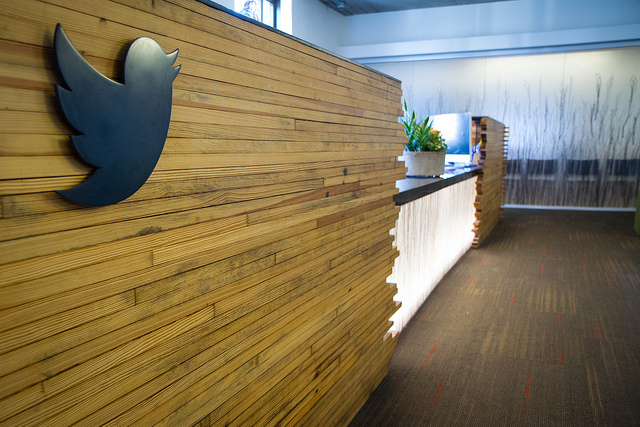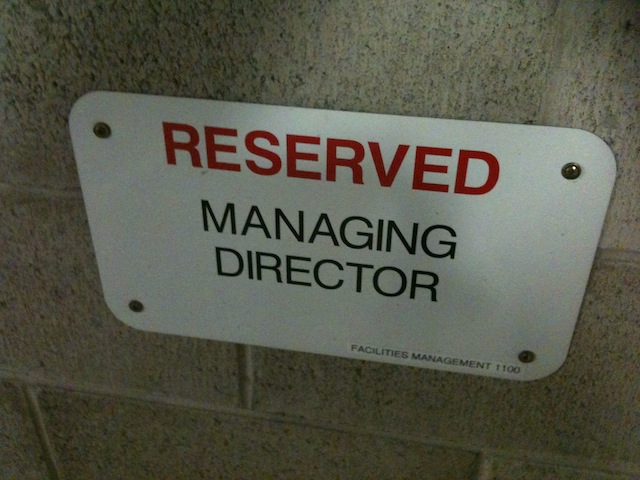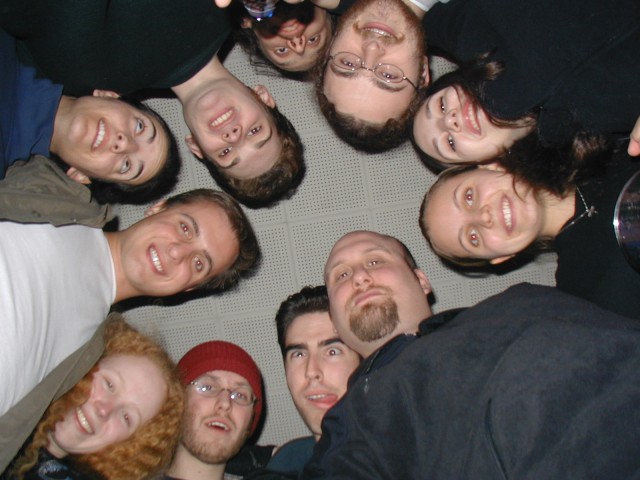The one company that has driven both the adoption of cloud computing and the current tech startup mania is Amazon Web Services.
Later this week AWS celebrates its tenth birthday and Werner Vogels, the company’s Chief Technical Officer, has listed the ten most important things he’s learned over the last decade.
The article is a useful roadmap for almost any business, not just a tech organisation, particularly in the importance of building systems that can evolve and understanding that things will inevitably break.
Importantly Vogels flags that encryption and security have to be built into technology, today they are key parts of a product and no longer features to be added later.
Most contentious though is Vogels’ view that “APIs are forever”, that breaking a data connection causes so much trouble for customers that it’s best to leave them alone.
Few companies are going to take that advice, particularly in a world where changing business needs mean APIs have to evolve.
There’s also the real risk for businesses that their vendors will depreciate or abandon APIs leaving key operational functions stranded, this could cause major problems for organisations in a world that’s increasingly automated.
Vogel’s commitment to maintaining APIs may well prove to be a competitive advantage for Amazon Web Services in their competition with Microsoft Azure, Google and an army of smaller vendors.
Werner Vogel’s lessons are worth a read by all c-level executives as well as startup founders looking to build a long term venture, in many ways they could define the new rules of business.




